Climbing to the top of Africa is an incomparable experience. Mount Kilimanjaro was declared a world heritage site by UNESCO in 1989. This mountain is one of the largest volcanoes in the world, which has been idle for centuries. Mount Killimanjaro standing at 5,895m (19.341″”) is the tallest mountain in Africa and the highest free standing summit in the world. The extraordinary fact about this gigantic natural monument is that it has multiple routes therefore allowing everyone to summit, whether they have had mountaineering experience or not.
Summit the roof of Africa with our experienced team
East African Voyage offers the best possible expeditions to the majestic Kilimanjaro. In addition to traditional routes, we also offer unique and undiscovered trails such as Shira, Machame or Umbwe where you will climb by a team of guides and porters which was seleted by the best specialists on the field. Climbing groups are accompanied by competent assistant guides, all of which are certified as first responders in wild rescue and cardio-vascular resuscitation by the most notorious associations and schools of the world. East African Voyage is in partnership of three of Tanzania’s most experienced alpine guides, Alex Lemunge, Onesmo Gabriel and Godson Sekeyan. All have received comprehensive training in mountaineering and wilderness first aid in the United States of America and are all certified professionals. Their combined experience from hundreds of ascents gives this company a solid foundation, in part because they continue to educate all EAV staff on a quarterly basis to ensure uncompromising security and your unforgettable experience. Our experienced team will be able to encourage you and help you reach this summit where the 360 ° panoramatic view is the trully a breathtaking experience.
East African Voyage makes every effort to make your dream come true. We are prepared and experienced to accompany you to the top of Africa. At the end of each day, the East African Voyage team will set up camp in a selected location, including the tent that serves as dining room, with tables and chairs. You will find that despite the rustic limitations of the place, we are able to offer you high quality services, and a very pleasant and soothing gastronomic experience. The luxurious itineraries of these expeditions (If you choose them) will add extra comfort to the severity of this great challenge. In fact, we have put everything in order to offer you the best of what Tanzania can offer you.
Climbing gear and equipment
Good equipment is extremely important to the success, enjoyment, comfort and safety of your climb. We suggest that you only bring the essentials because excessive packing is a problem for you as well as for the team of porters who accompany you. Your travel bag should be limited to 15kg. Please consult the list of the following items to take with you. Feel free to contact us if you have questions or just for advice.
We simply offer the best that nature has to show. Mount Kilimanjaro is Africa’s peak, and is in a unique environment in the world. The weather conditions are very variable, as much from one point to another of the tracks, from dawn to dawn. Despite the fact that it is difficult to predict the weather, our expertise allows us to recommend certain equipment and clothing to maximize your comfort. The temperature above 2,500 m / 8,000 ‘varies between 15 ° C and 25 ° C (60 ° F and 80 ° F), while at night the mercury dives below 0 ° C (32 ° F) .
Preparation guide – Checklist
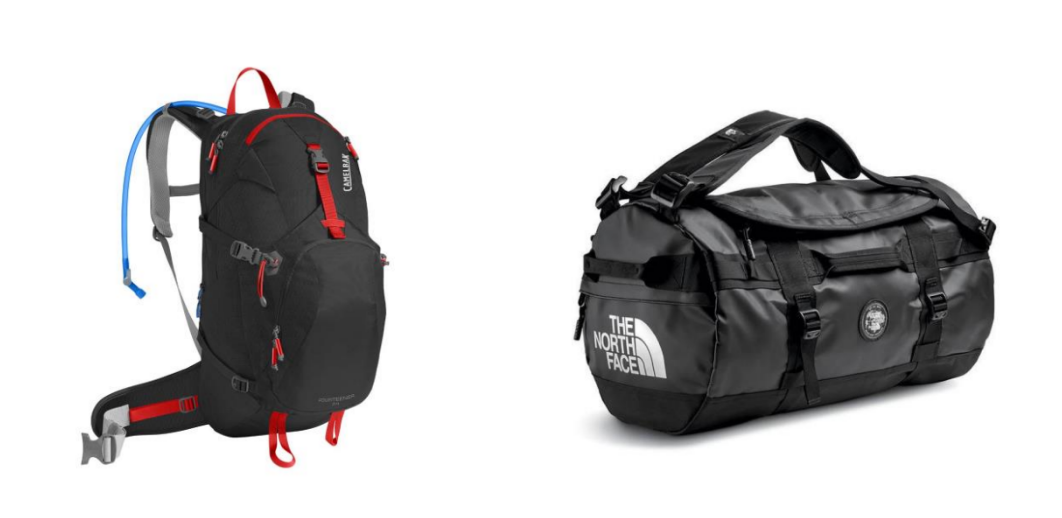
Baggage
- Travel bag, 35cm x 70cm (14 “”x 30″”) with locking, max. 15kg, identified (big enough to hold your sleeping bag and your clothes, this bag will be carried by the porters)
- Travel bag, identified (for your regular clothes, this bag will be left at the hotel)
- Backpack from 24L to 32L (1,500 cu³ to 2000 cu³), max. 5kg, identified
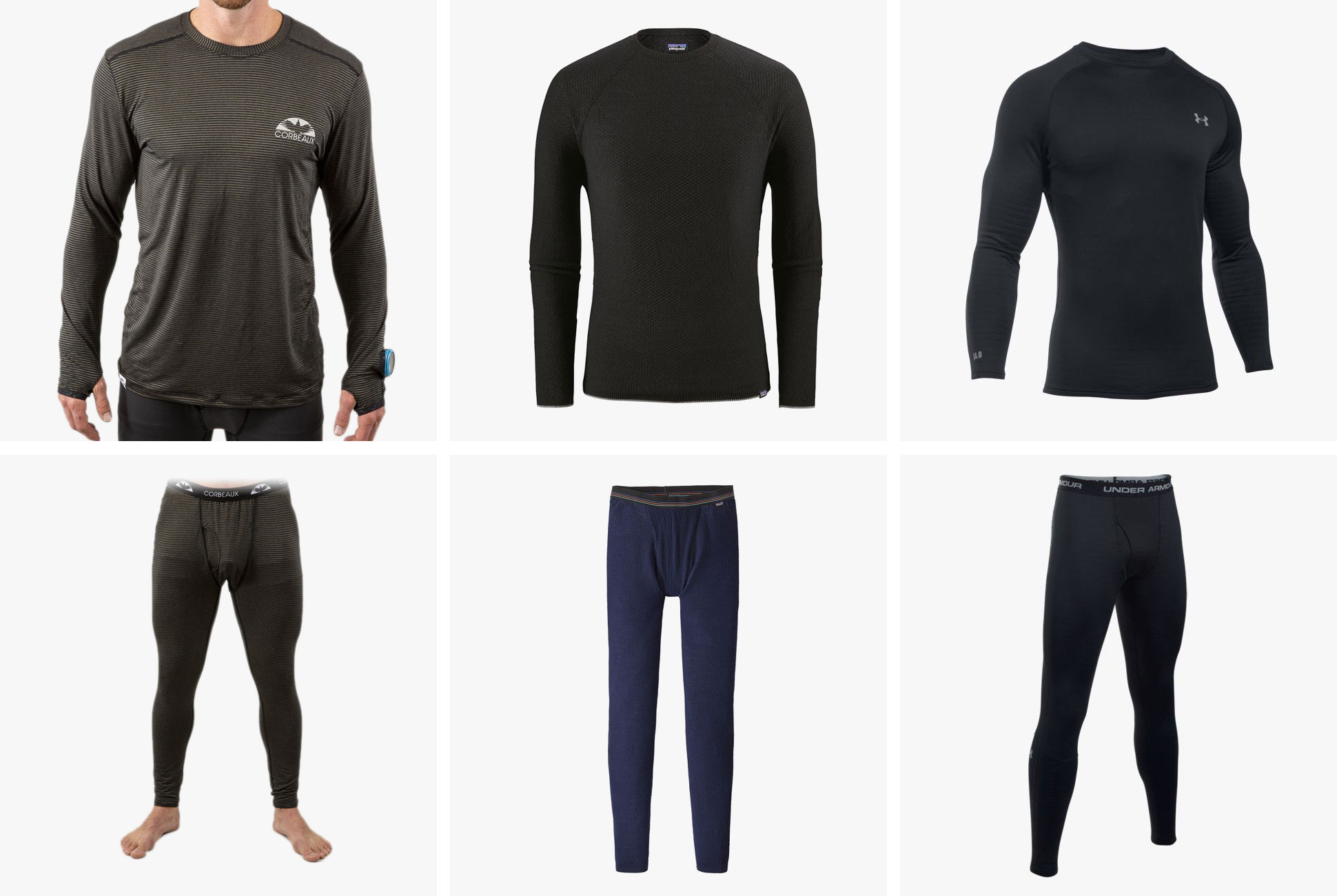
Base layer
- Normal underwear (from 4 to 7, suggested synthetic materials because it is lighter, easier to wash and faster to dry)
- Lightweight clothing – long-sleeved top and sticky stockings (suggested synthetic materials, polyester, wool or synthetic)
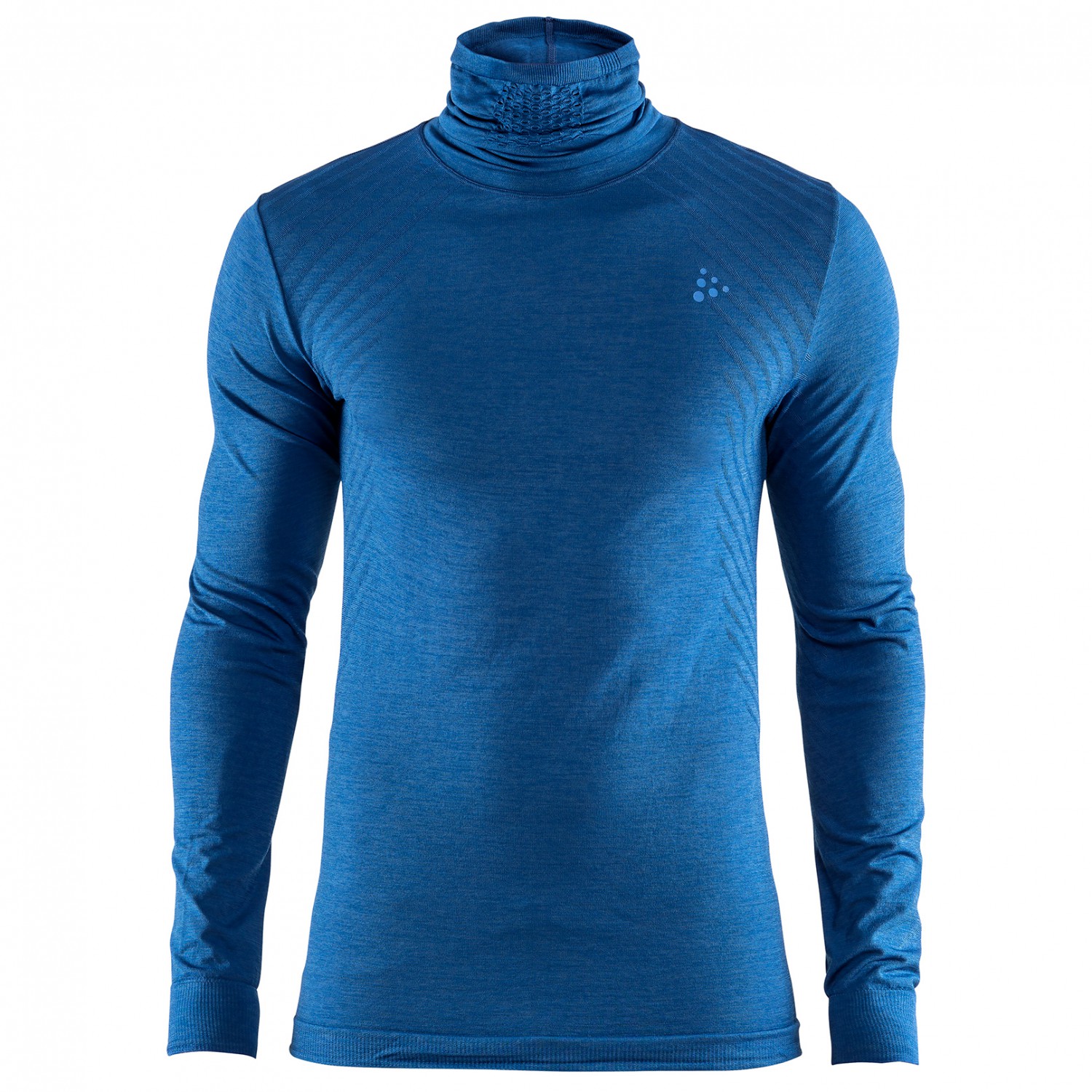
Sweaters
- Turtleneck or long-sleeved shirt
- Long sleeve sweater
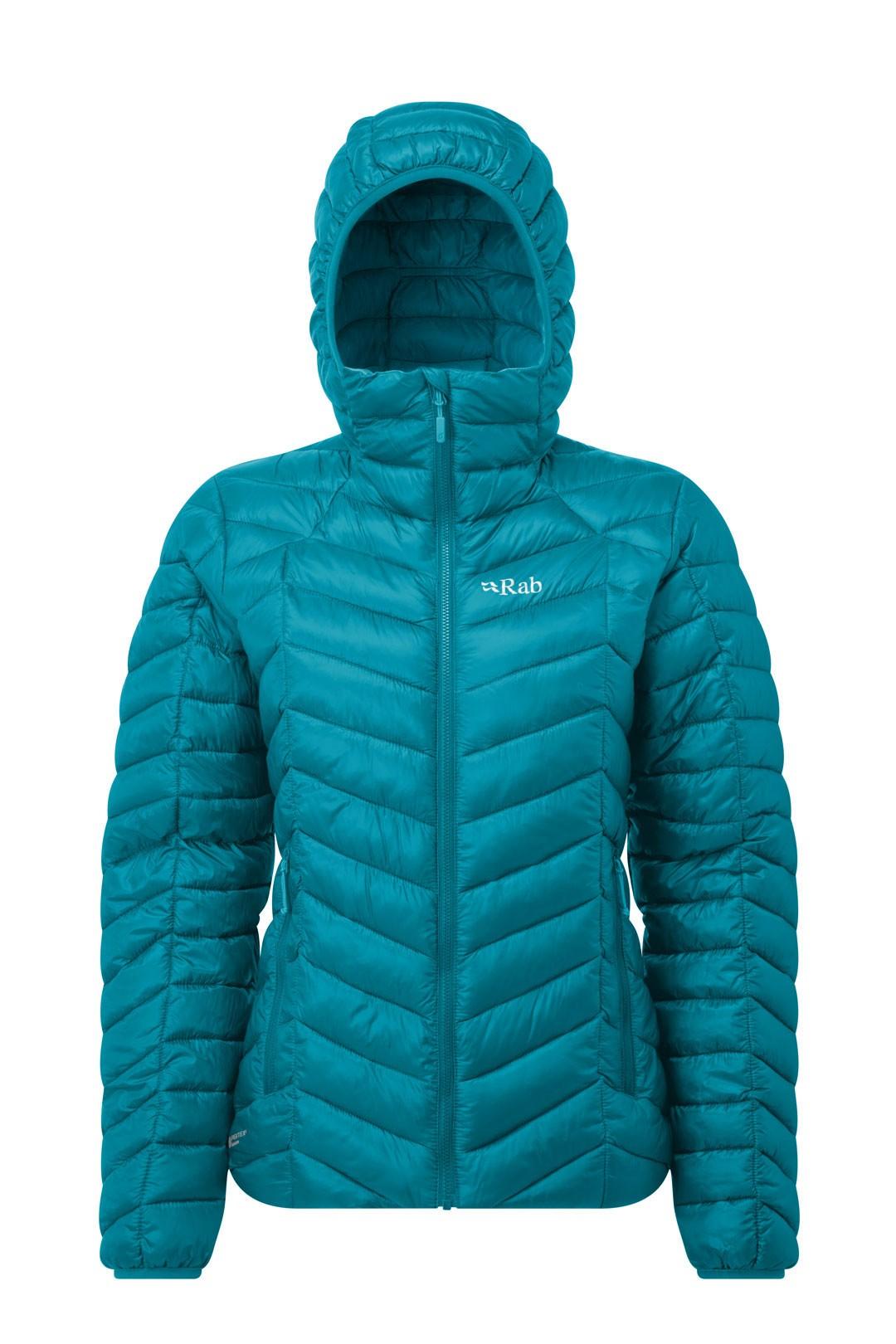
Jackets / Vests
- Long sleeved or wool synthetic vest
- Warm synthetic coat (padded 10-12oz or 15-20oz)
- Waterproof windproof Gore-tex jacket that breathes properly
- Resistant and waterproof poncho to protect the backpack and photographic equipment
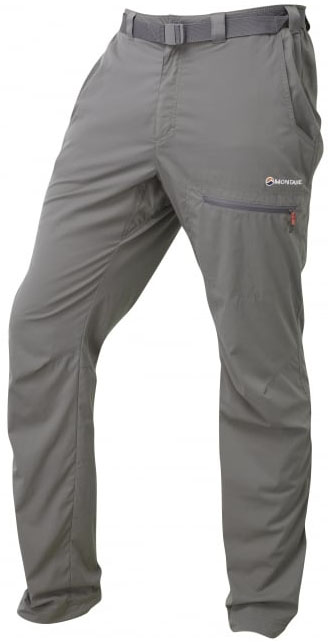
Trousers
- Hiking pants (light, loose and preferably dark)
- Overpants (synthetic, velvet or light wool, loose and preferably dark)
- Gore-tex rain / wind pants
- Walking shorts (preferably synthetic)
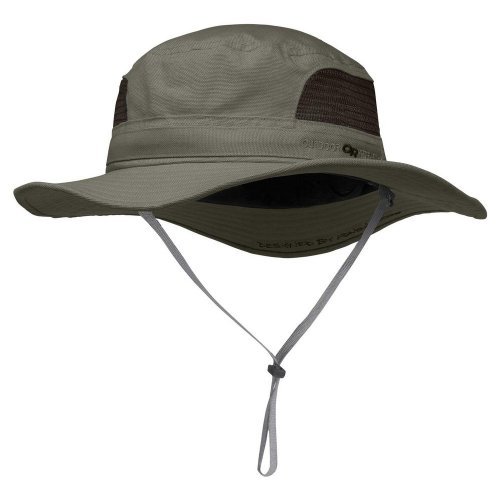
Hats
- Wide-brimmed sunhat (preferably ones with under-chin laces to cope with strong wind) and sunscreen
- Hood with facial protection (synthetic or wool)
- Scarf (as sunscreen and sponge for sweat)
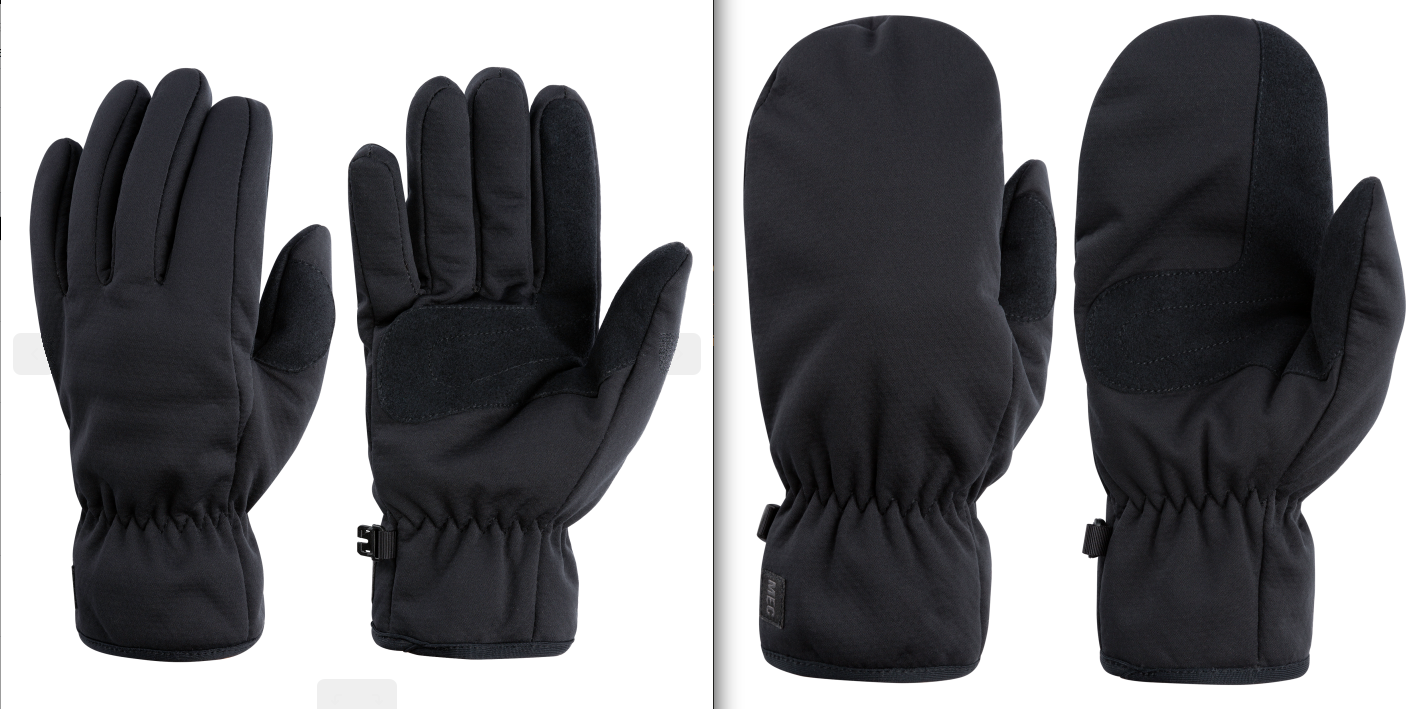
Gloves / Mitts
- Gloves (synthetic or wool)
- Waterproof mittens
- Silk gloves

Low
- Thermal bottom (synthetic or wool)
- Synthetic sports socks (for the tropical portion of the expedition)
- Synthetic stockings
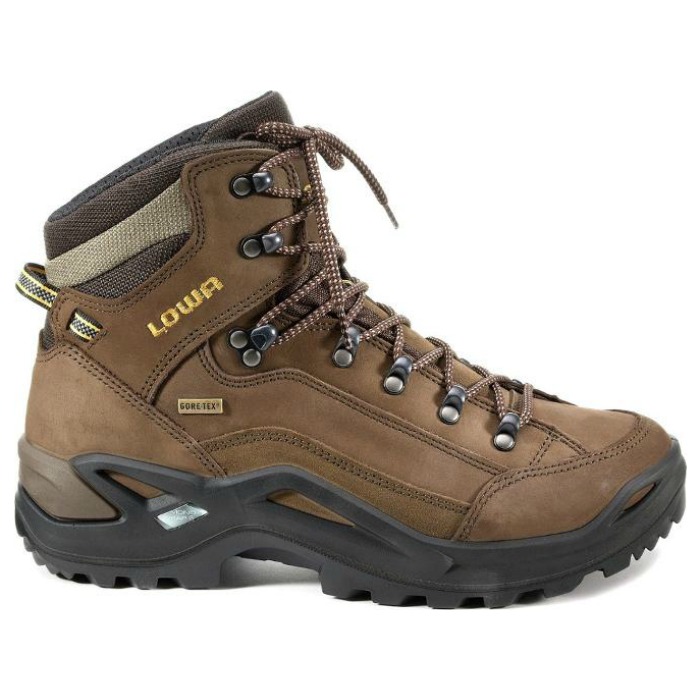
Shoes
- Hiking boots (preferably rigid, leather and waterproof)
- Shoes / sneakers (for the camp)

Leggings
- Leggings (to keep your feet free from dust)
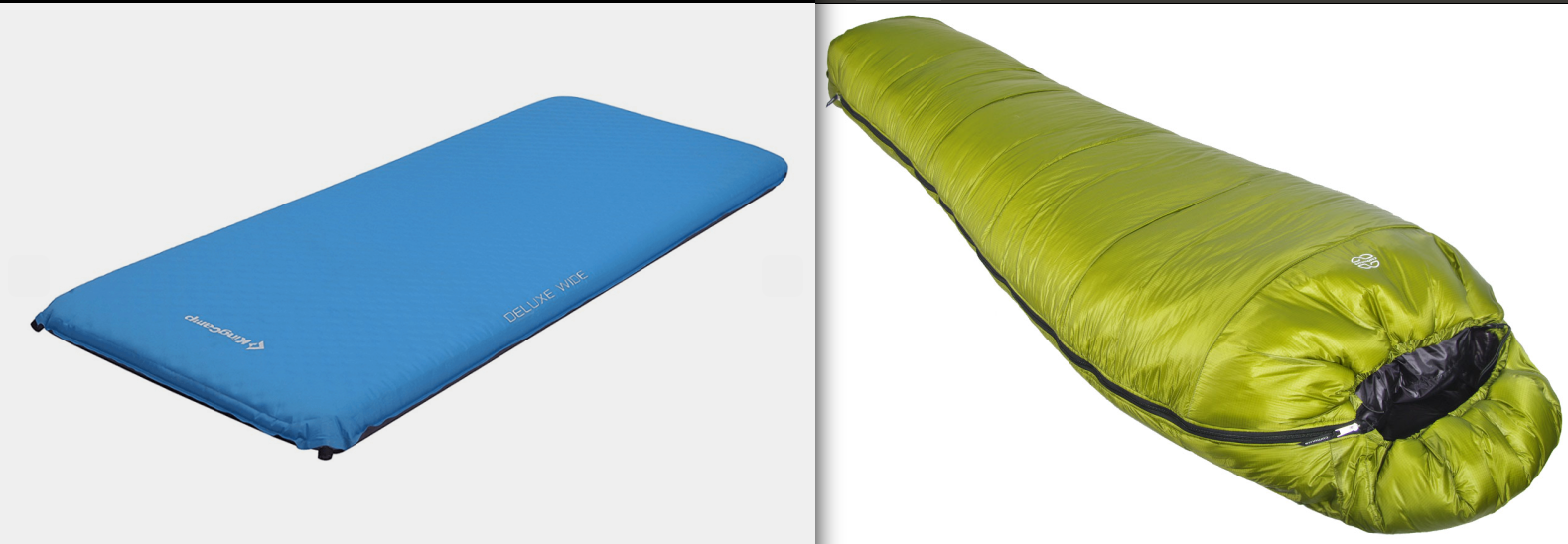
Sleeping bag
- Partition sleeping bag (4 seasons or certified -20 ° C)
- Inflatable mattress
Other Clothes
- Bath costume (for the pool at the hotel)
- Regular evening/city clothes
- Sandals
Other Important Items
- 2 water bottles of 1L or 1.5L of robust material
- Toiletry kit (soap, toothpaste, deodorant, …)
- Towel
- Small towel (a sarong in turn)
- A roll of toilet paper
- Insect repellent (suggested level: 35% Deet)
- Elastic bandage (in case of knee / ankle pain)
- Sunglasses (side protection and absorption 85% of UV)
- Prescription glasses or contact lenses (emergency pair)
- Sunscreen, lip protection (SPF> 15)
- Alpine sun protection (Zinc oxide, SPF> 30+)
- Moisturizing cream (small tube, for sunburn)
- Flashlight or headlamp (for after sunset activities)
- Small flashlight with spare batteries
- Soap / cleansing gel without rinsing (or wet towels)
- Plastic bags of various sizes (suggested ziploc bag for camera / electronics)
- Nylon bag for compaction (to reduce the volume of vest / vest large)
- Robust trash bag
- First aid kit and dressings
Other Optional Items
- Telescopic sticks (ski poles)
- Water purification tablets
- Sewing kit for repair (needle, threads, pins)
- Multi-purpose pocket knife
- Reading material, note book, pencils
- Energizing powder (to enhance the taste of water)
- Favorite snacks (avoid melting chocolate)
- Hearing / ear protection (some snoring at altitude …)
General Recomendations
Tipping
Tipping is optional, but it is well accepted by the team as an appreciation of the service you have received to your level of quality and satisfaction. It should be given at the end of the trip only.
Here’s a suggestion of what the customer usually gives, but this is not a mandatory or limited standard.
For the driver-guide, 5-9 USD per person per day.
If you also want to give to other people, such as local guides, we suggest $ 2-3 per person per day.
Porter in hotels $ 0.50 per luggage and $ 1 to $ 2 in the tip box of the hotel.
There is no obligation on your part.
Preparation to Climb Kilimanjaro
The best way to prepare for high mountianeering is to climb high altitudes. Although it’s hard for most people, remember that for high altitude climbs, the longer you take to climb the better it is for your well being. Whether for a hike 2,000″” up the local hill or climbing great mountains, just hiking is effective. This will also allow you to get used to your backpack and your hiking boots.
Running and cycling are also very good activities to prepare you for mountiaineering and they allow you to be outside so you can test your equipment. Excercising in gyms and training rooms is also good but it is better to exercise in the open air. Do endurance training and not strength training, your endurance is what that will be tested most. An adequate training regimen is to maintain 80% of your maximum heart rate (220 minus your age) for an hour, three to four days a week. Remember that high altitude mountaineering requires acclimatization and a strong mind is as important as the strength of the body. If you are fit enough and choose a climbing route that allows a lot of time to acclimatize, you have the formula for success.
Remember, it is not only about the altitude but also your attitude that will help you succeed on your climb.
Respiration during the climbing of Kilimanjaro
When en route to the summit, if you feel breathless, stop and breathe until you feel better. Once your heart rate is back to normal, you can continue. Take regular breaks and take the time to admire the view. If you feel bad, you have headaches, nausea, extreme tiredness or loss of appetite, you may have to go down or stay where you are. In any case, your guide is there to help you and do not hesitate to tell him about your condition.
Above all, do not worry about being abandoned on the mountain. Do not be afraid to stop and adjust to your breathing and walking pace instead of wanting to follow others who have a higher endurance. Drink plenty of water throughout the day, between 3L to 5L. Above all, walk at your own pace, this is the key to success for a successful ascent.
Our guides, assistants and porters are specially trained to keep an eye on you and react at the first sign of discomfort. Trust them and listen to their advice. If they advise you to stop for a while, listen to them and do not force your physical limit. They are experienced and know exactly how to react to the challenges you might face.






